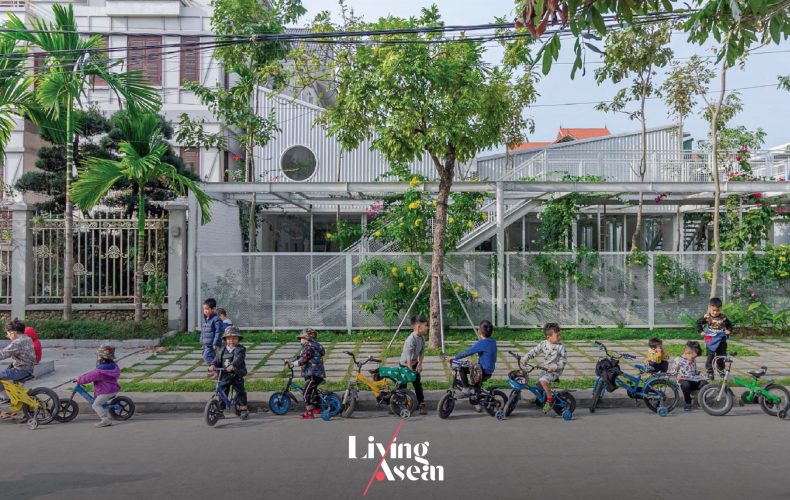/ Quang Ninh, Vietnam /
/ Story: Phattaraphon / English version: Bob Pitakwong /
/ Photographs: Duc Nguyen /
A green school that creates a healthy learning environment and advocates an interest in nature is making good progress in Vietnam. Here, a desire to connect with the natural world, hands-on experience growing up in the outdoors and nurturing a relationship with Mother Earth are of the utmost importance. It’s named My Montessori Garden in honor of Maria Montessori (1870-1952), an Italian educator who advocated a child-centered approach to education.
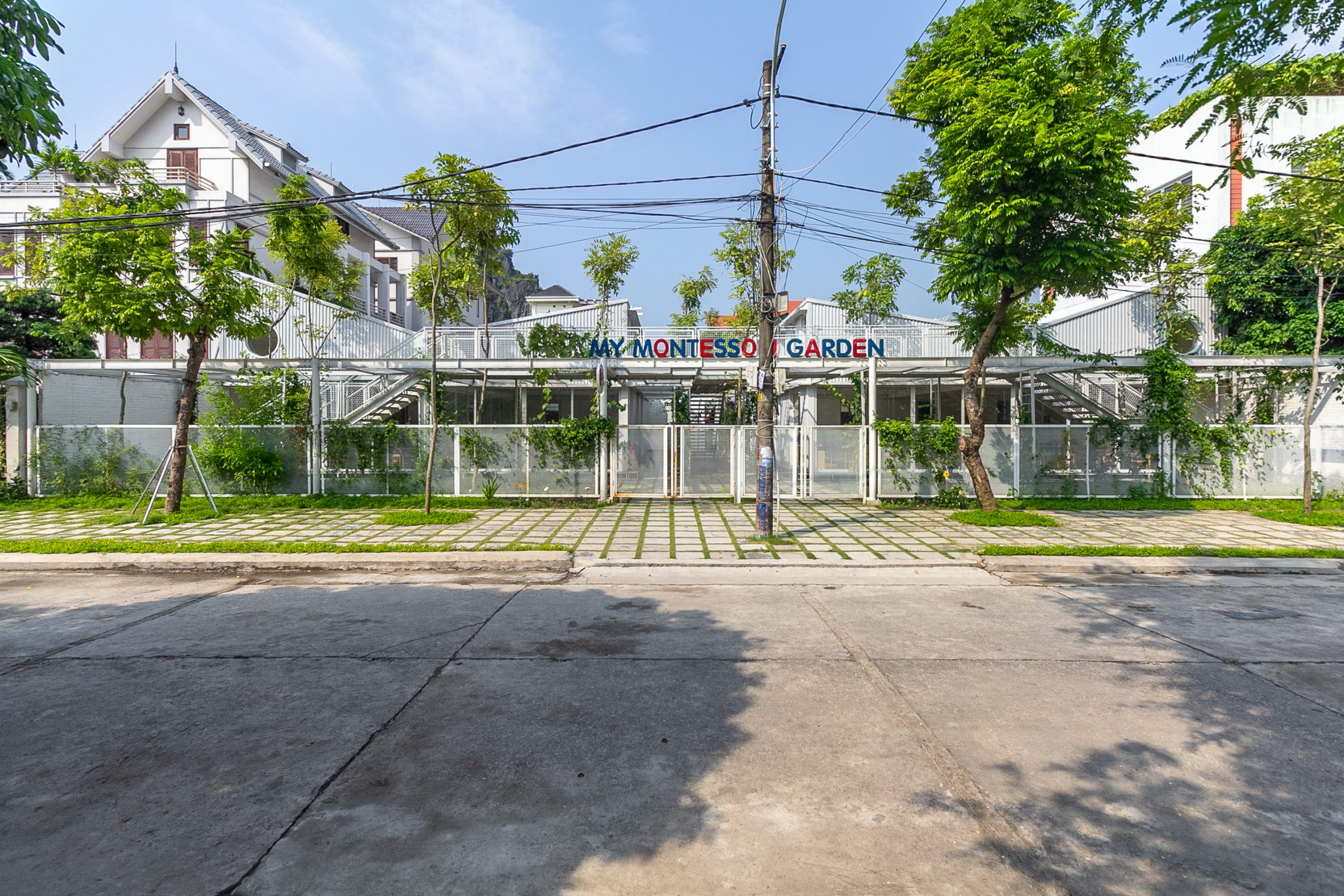
The green school is located at Ha Long, a coastal city that’s part of Quang Ninh Province about an hour’s drive from Hanoi. It embraces the Montessori Method of teaching and learning that has become popular in this region of Vietnam in recent years.
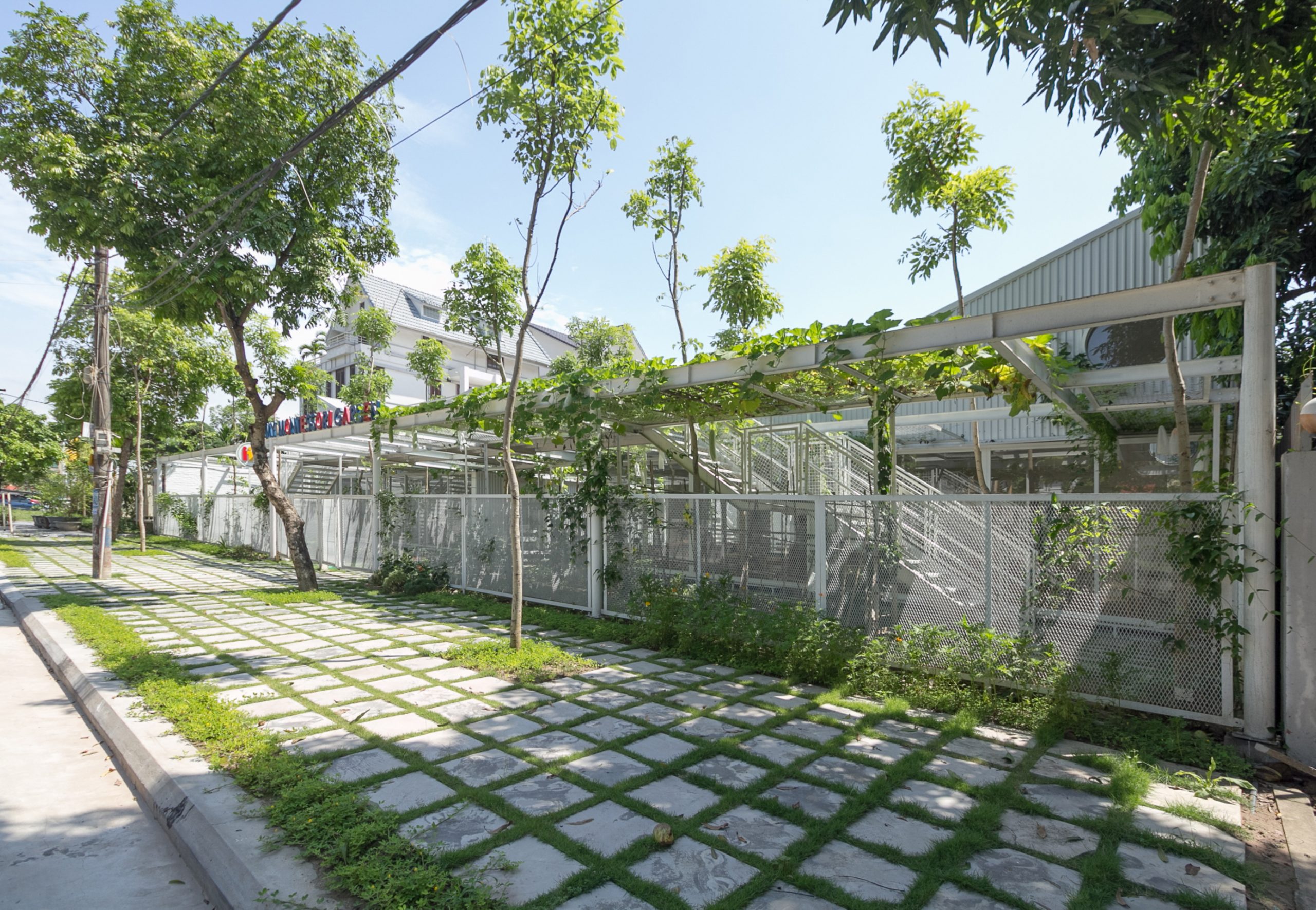
In essence, it’s about answering individual children’s learning needs and getting outside into nature, thereby developing a sense of responsible stewardship of the environment as they grow. And it’s a good idea to start early with kindergarten children, who are curious to learn and inquire about everything around them.
Needless to say spending time in nature offers lasting psychological benefits. It’s a way to build a good inner foundation for life in the process of growing up into responsible adulthood. More so than anything else, there is no forced learning taking place. It’s a curriculum by which no child is left behind, and no one is forced to learn anything regardless of his or her own wishes.
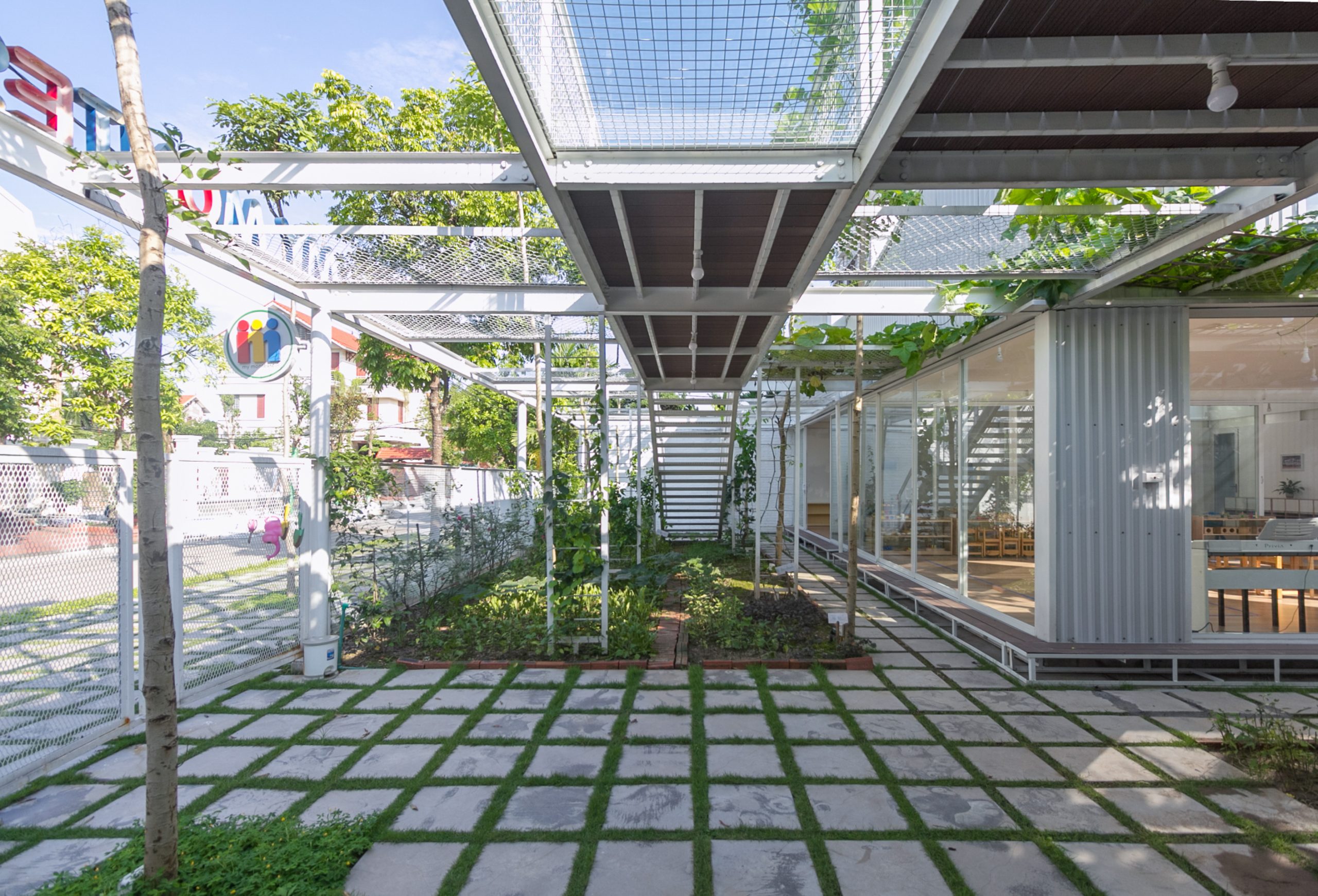
The schoolhouse design is a creation by a team of architects at HGAA, a Hanoi architectural practice, who successfully translated the ideas about alternative approaches to education into a reality. It’s a work of architecture founded upon an understanding of child behavior and nature of human learning. The result is a healthy environment conducive to learning, one that’s tailored to the specific needs of individual children.
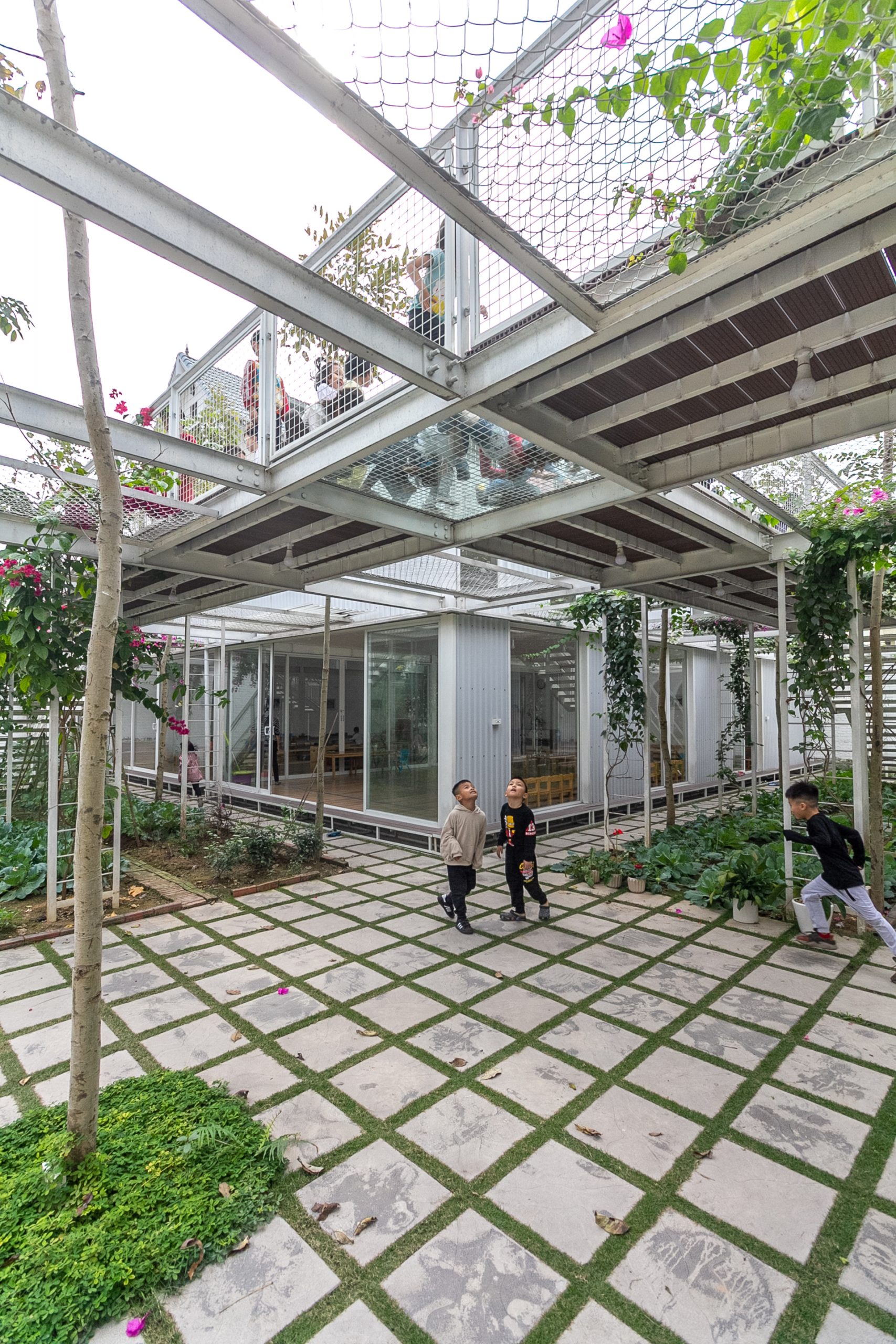
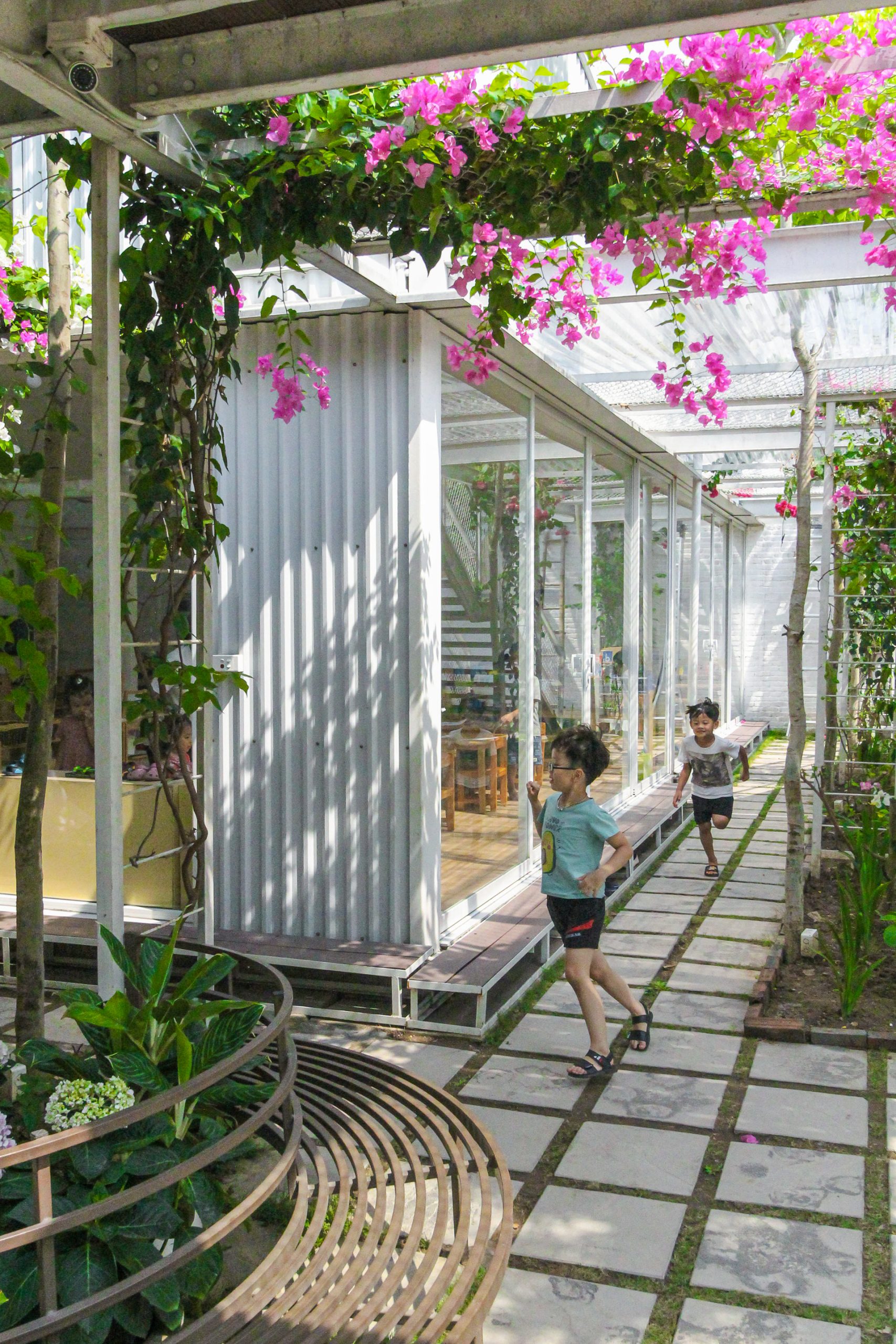

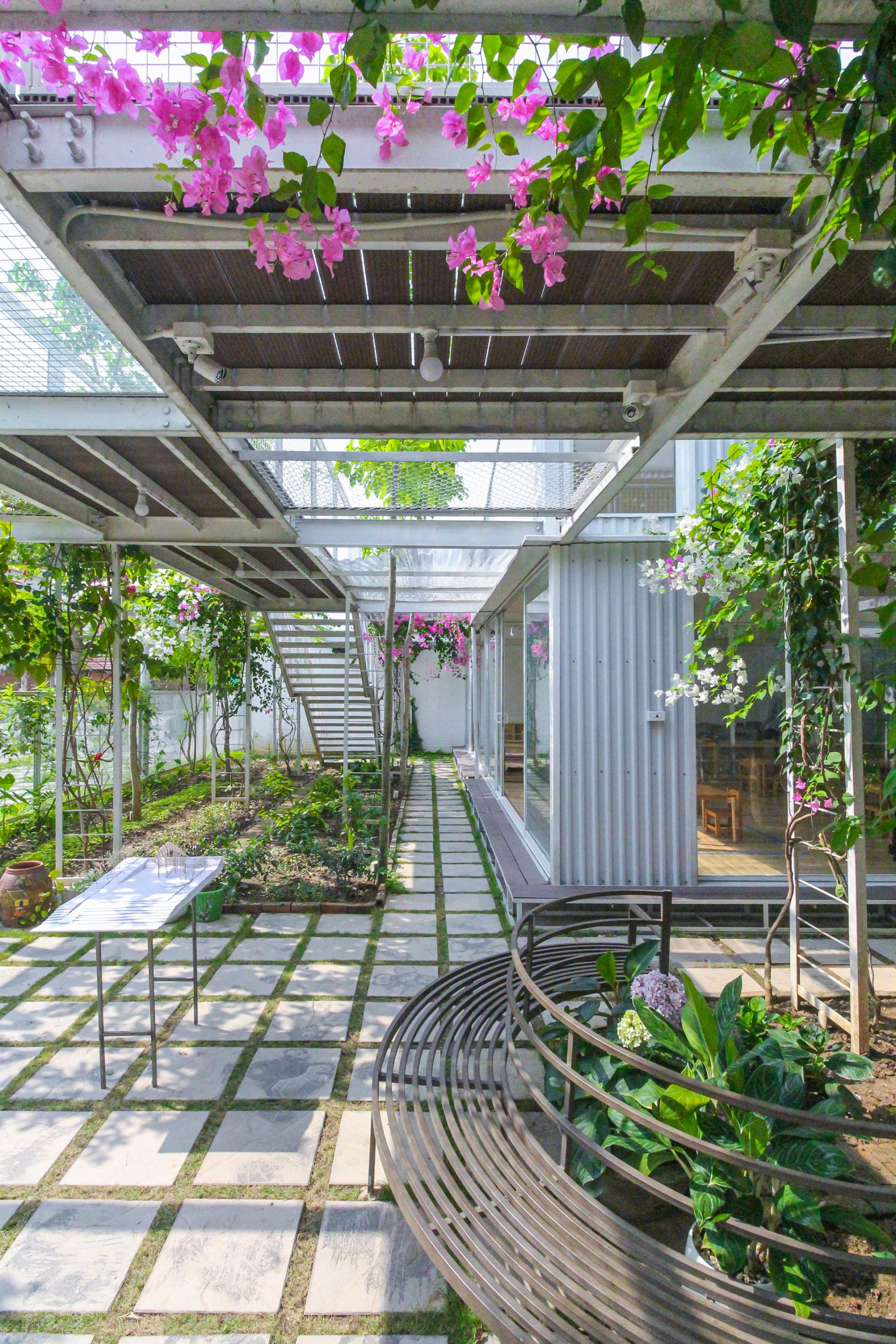
How did they do it? To begin with, a design that’s plain and simple takes precedence here. The schoolhouse is built of steel structural framing. Dry construction was cost effective and took less time to build without causing negative impacts on the environment or inconveniences to community
In future, when the land lease expires and cannot be renewed, the whole project can simply be taken apart and moved to a new location.
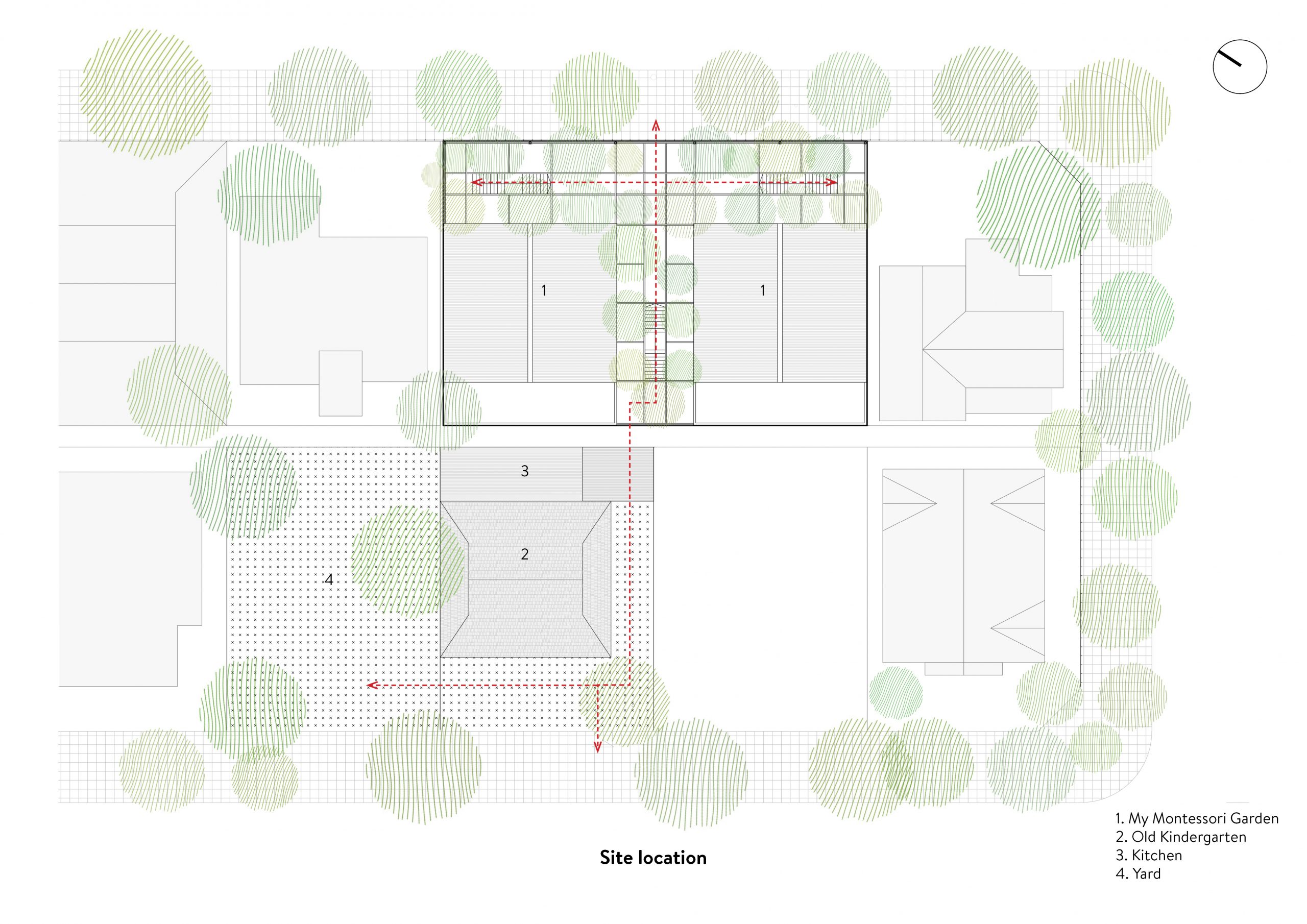
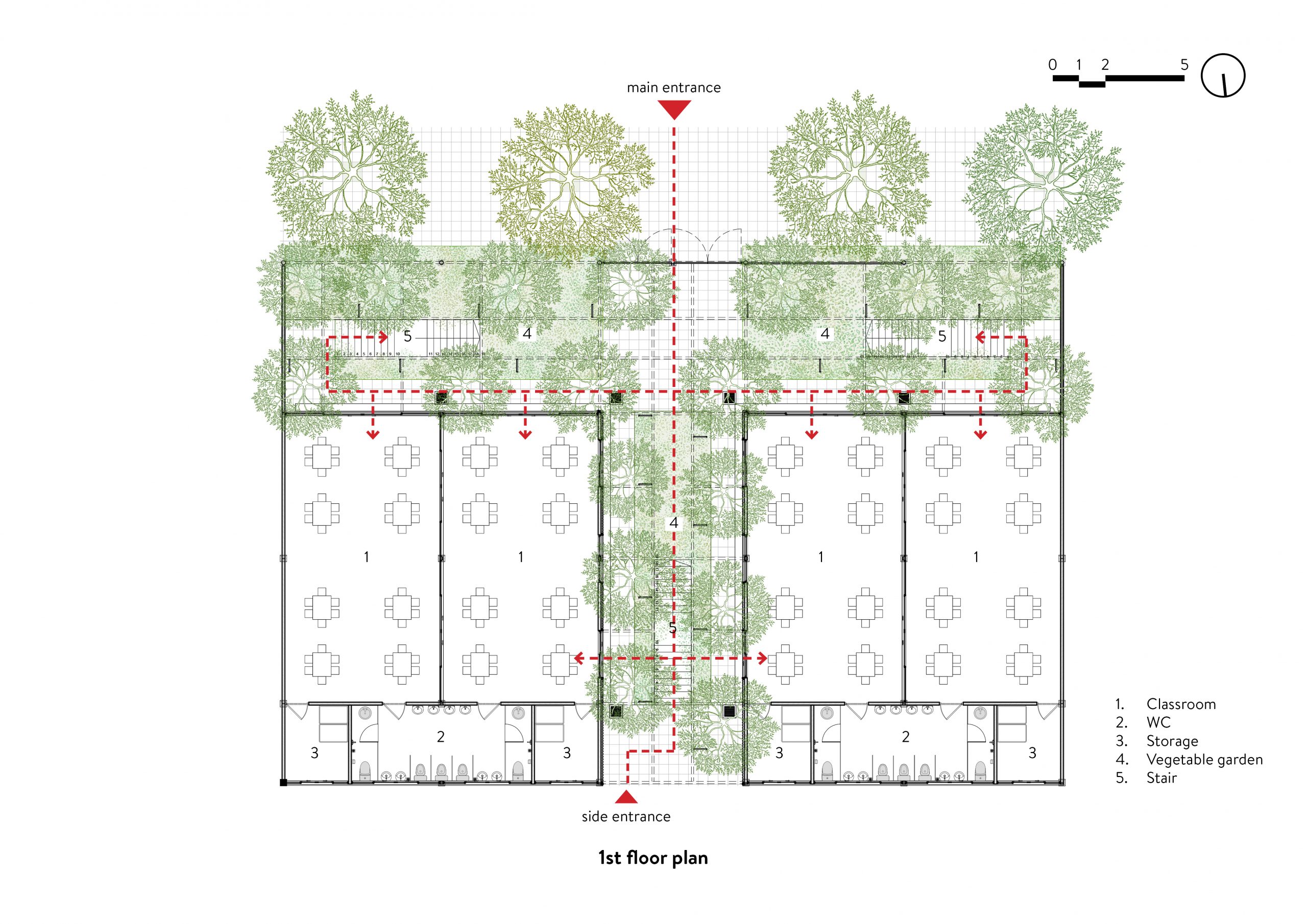
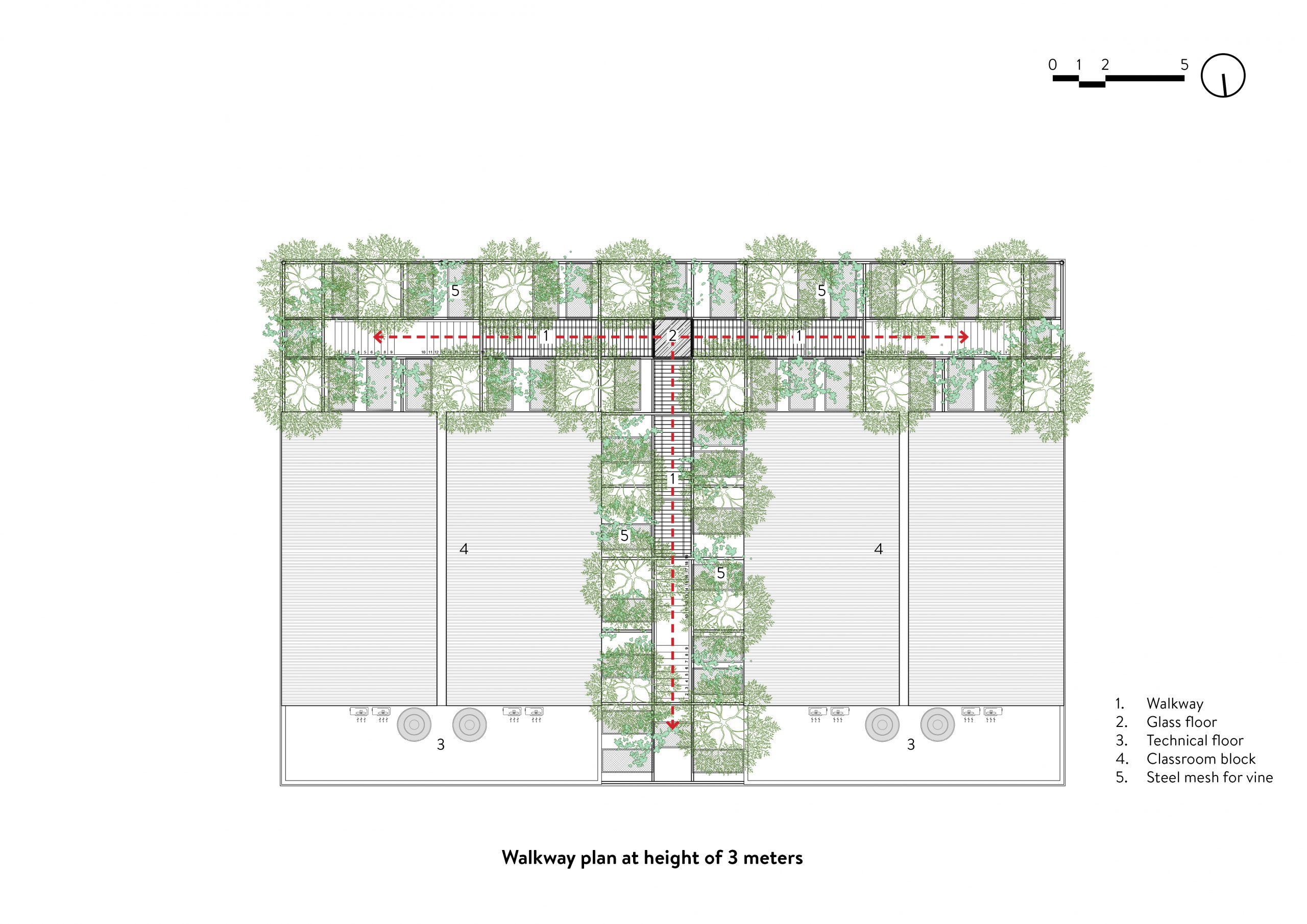
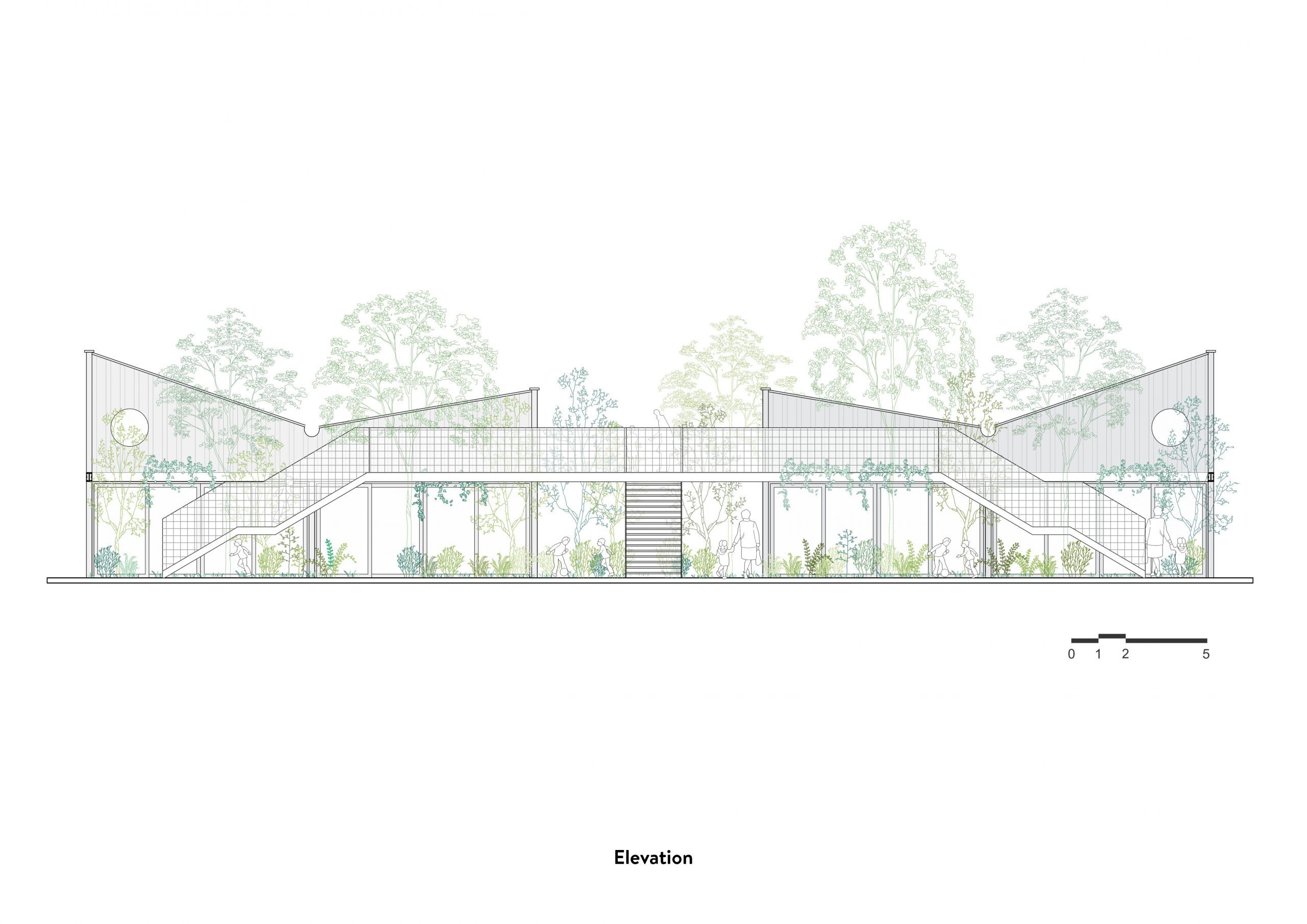
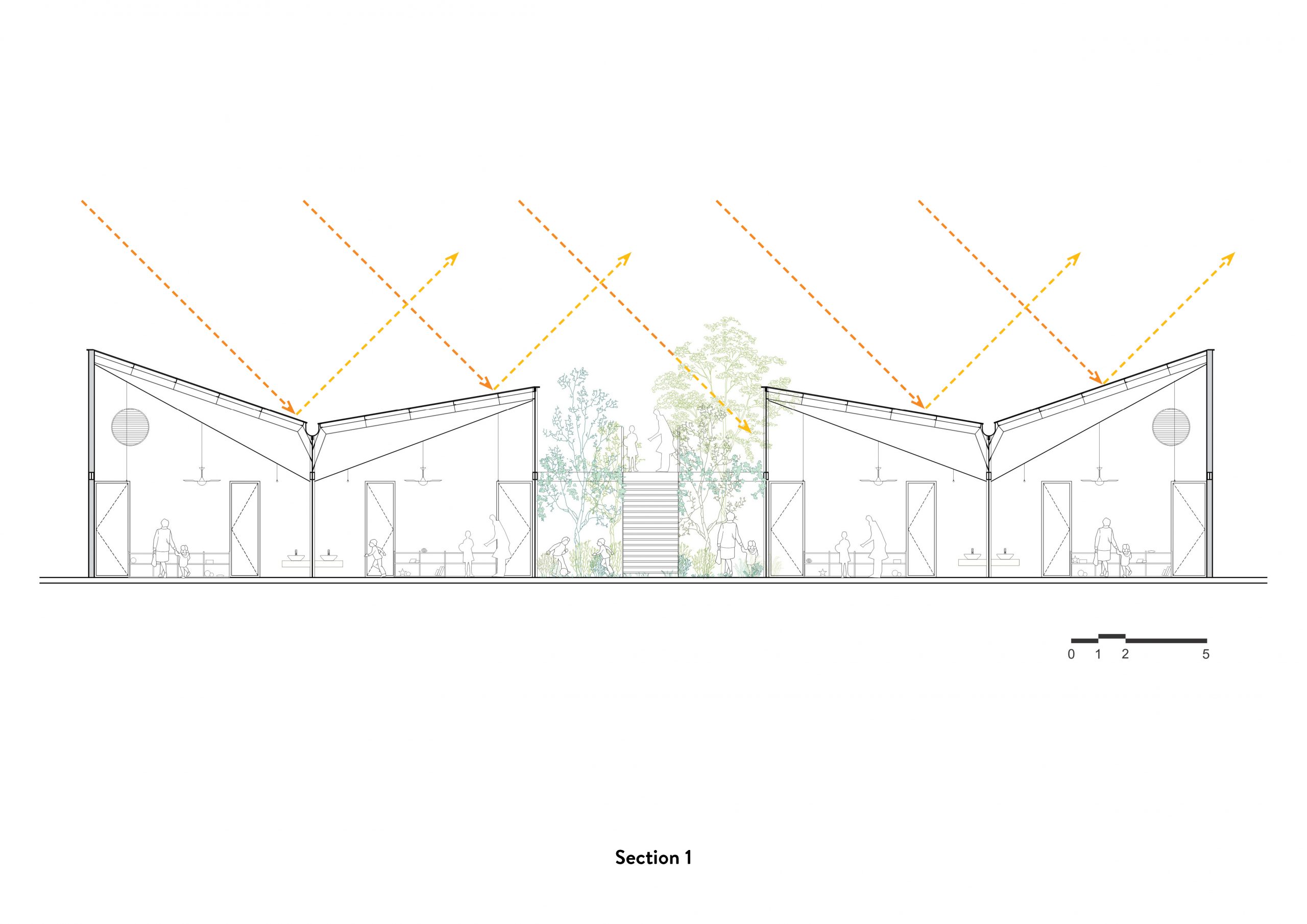
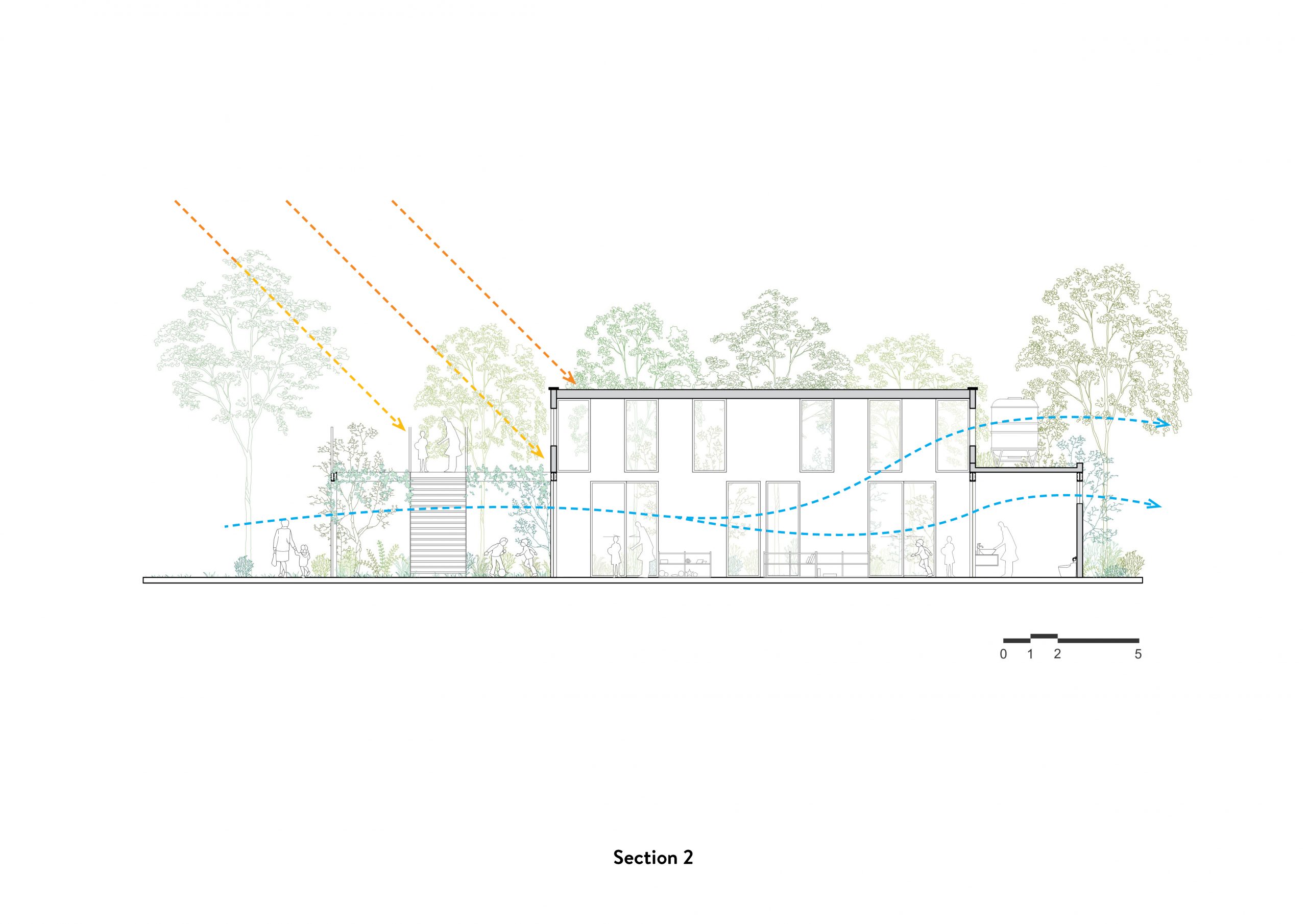
My Montessori Garden sits on a small area of ground, only 600 square meters in all. For child safety, the overhead footbridge among the trees has wire mesh railing infills designed to protect against slip and fall accidents.
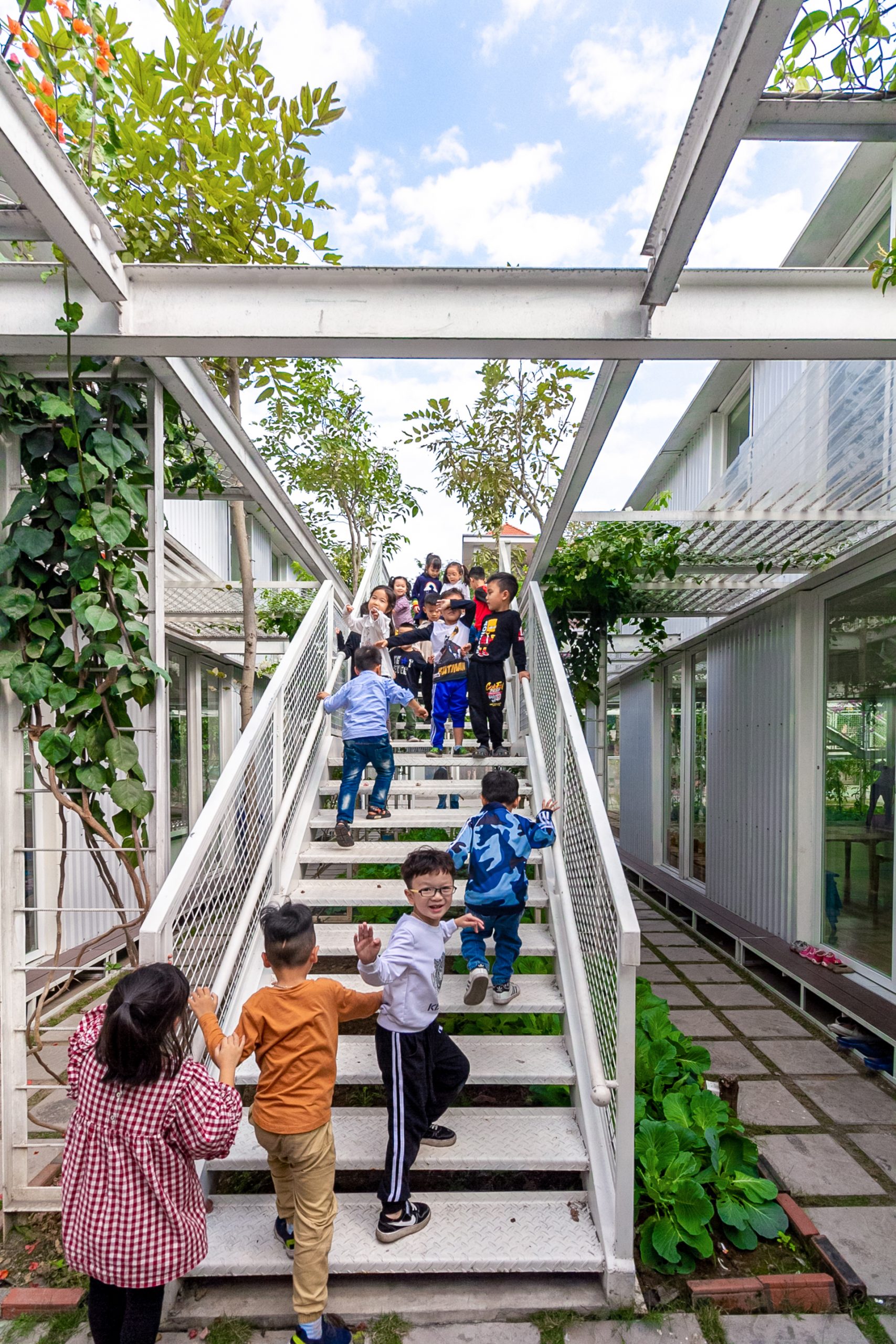
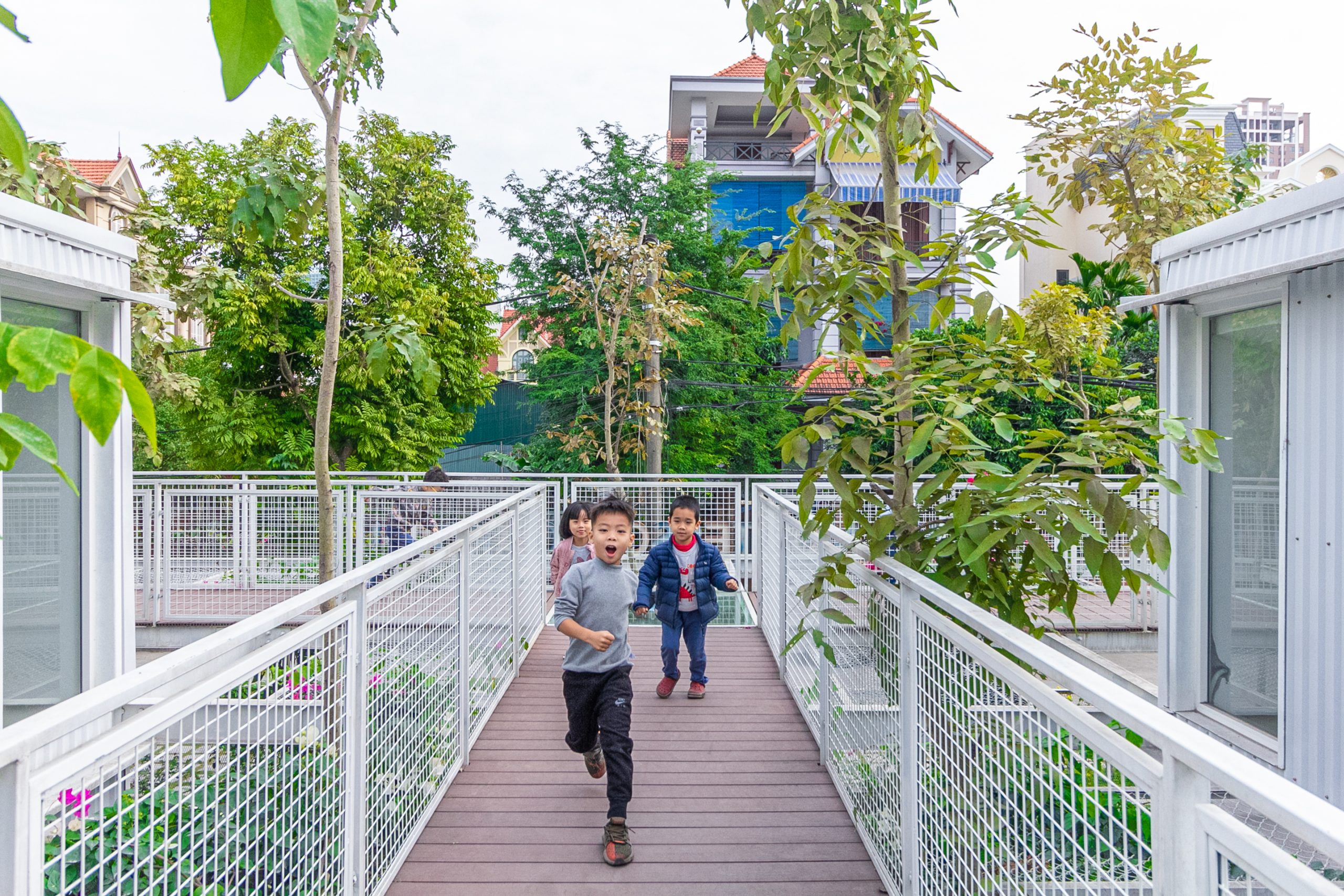


Although small in size, natural elements are generously integrated into the plan in a way that pleases the senses and the mind.
There are two kinds of green space on the premises. On the ground, the school yard provides ample room with raised beds for growing vegetables, in-ground plants and shade trees. Above the ground, climbing vines and edible vegetation thrive on trellises and walls producing colorful flowers that give off good vibes.
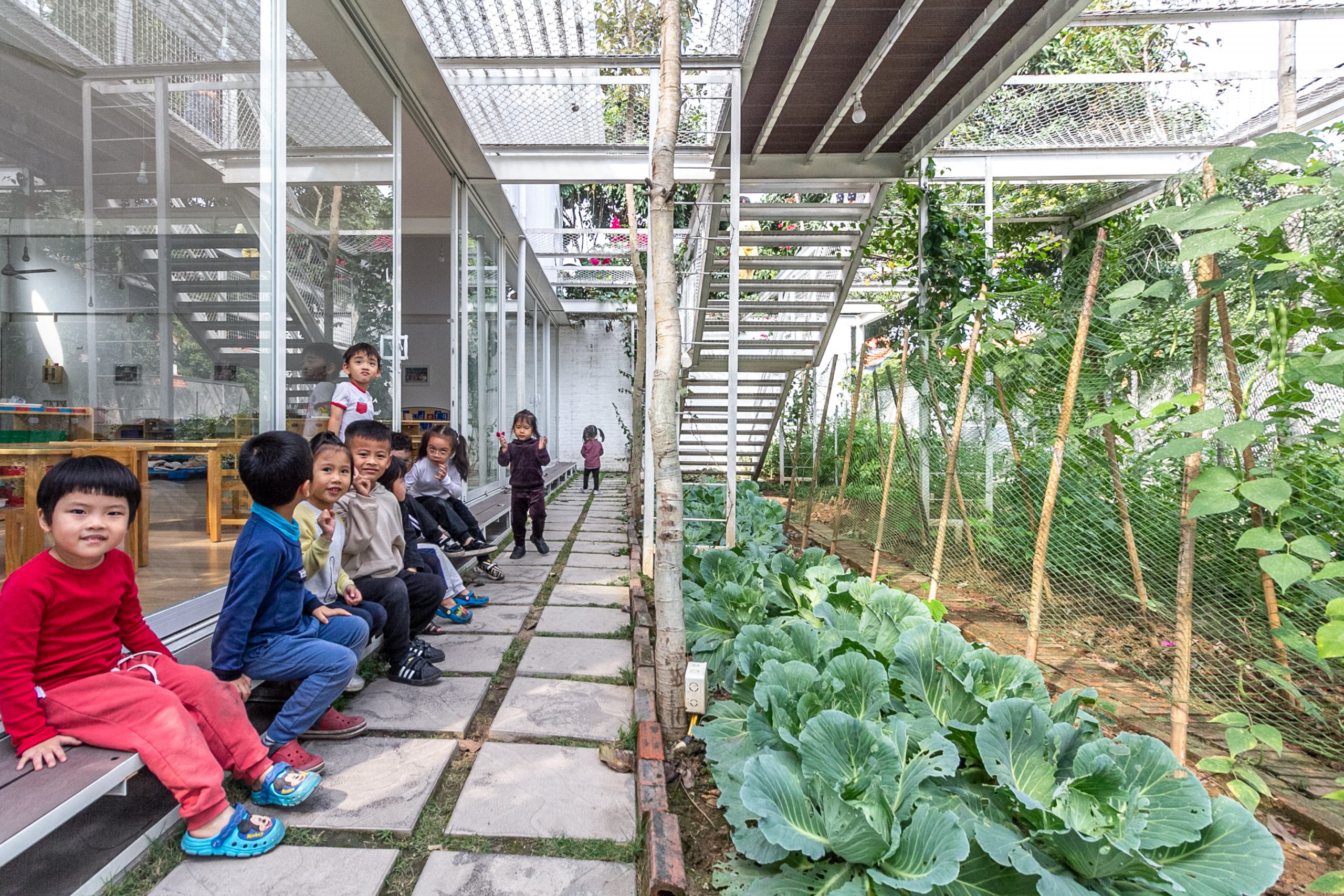
For the architects, it’s about designing an environment conducive to learning and, at the same time, promoting positive thinking, interactions with nature and socialization processes among kids. And it’s happening all day and every day, indoors and outdoors.
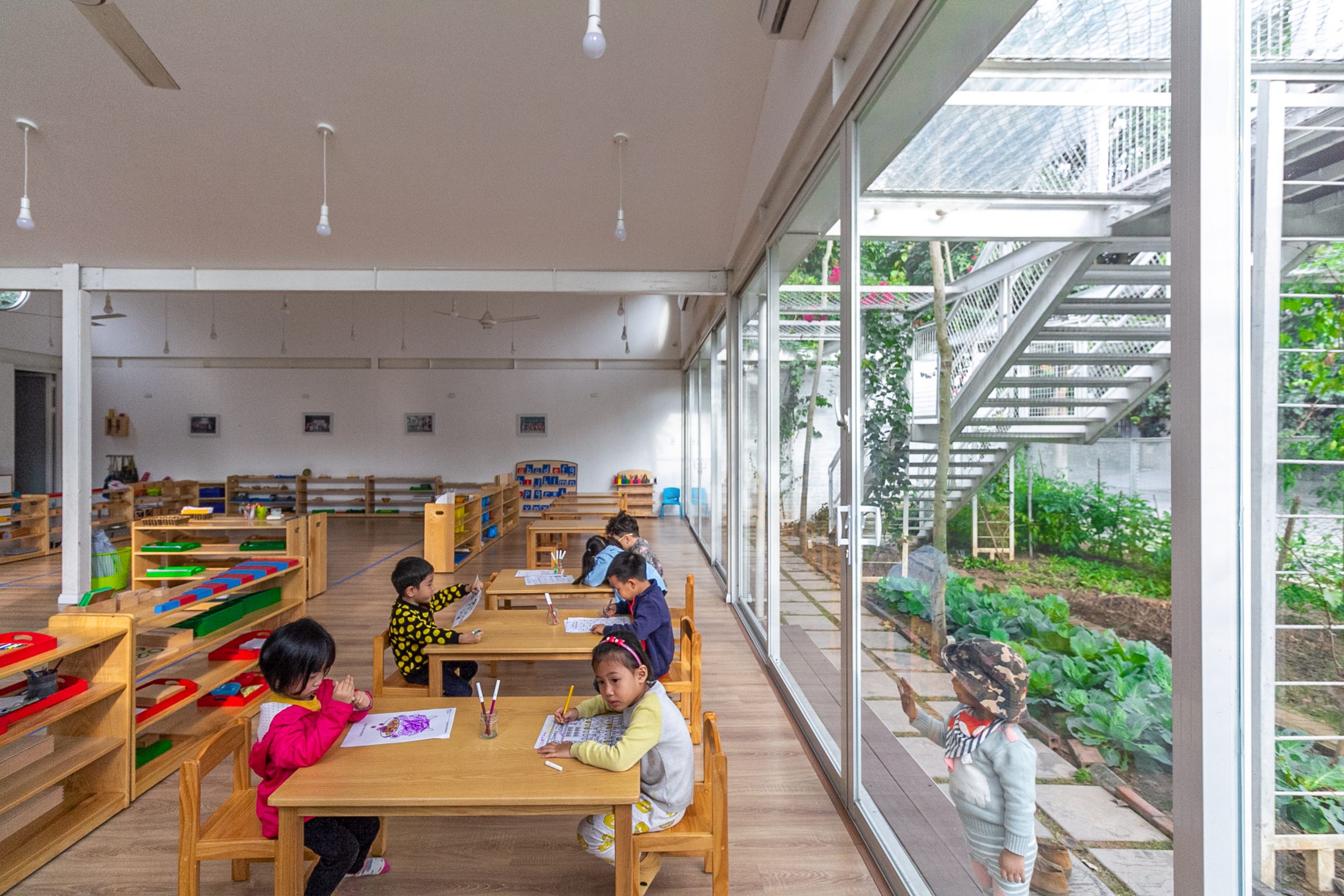
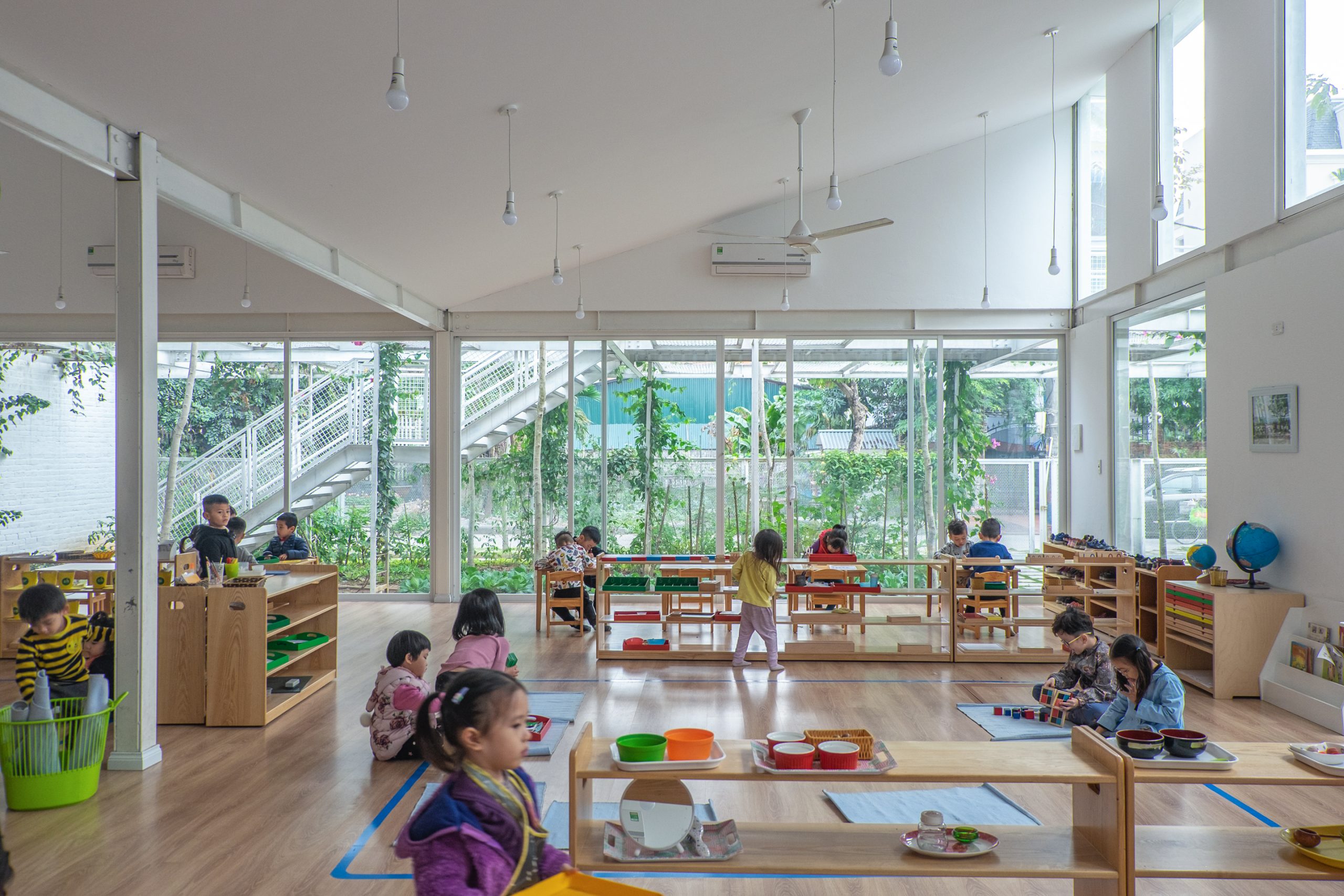
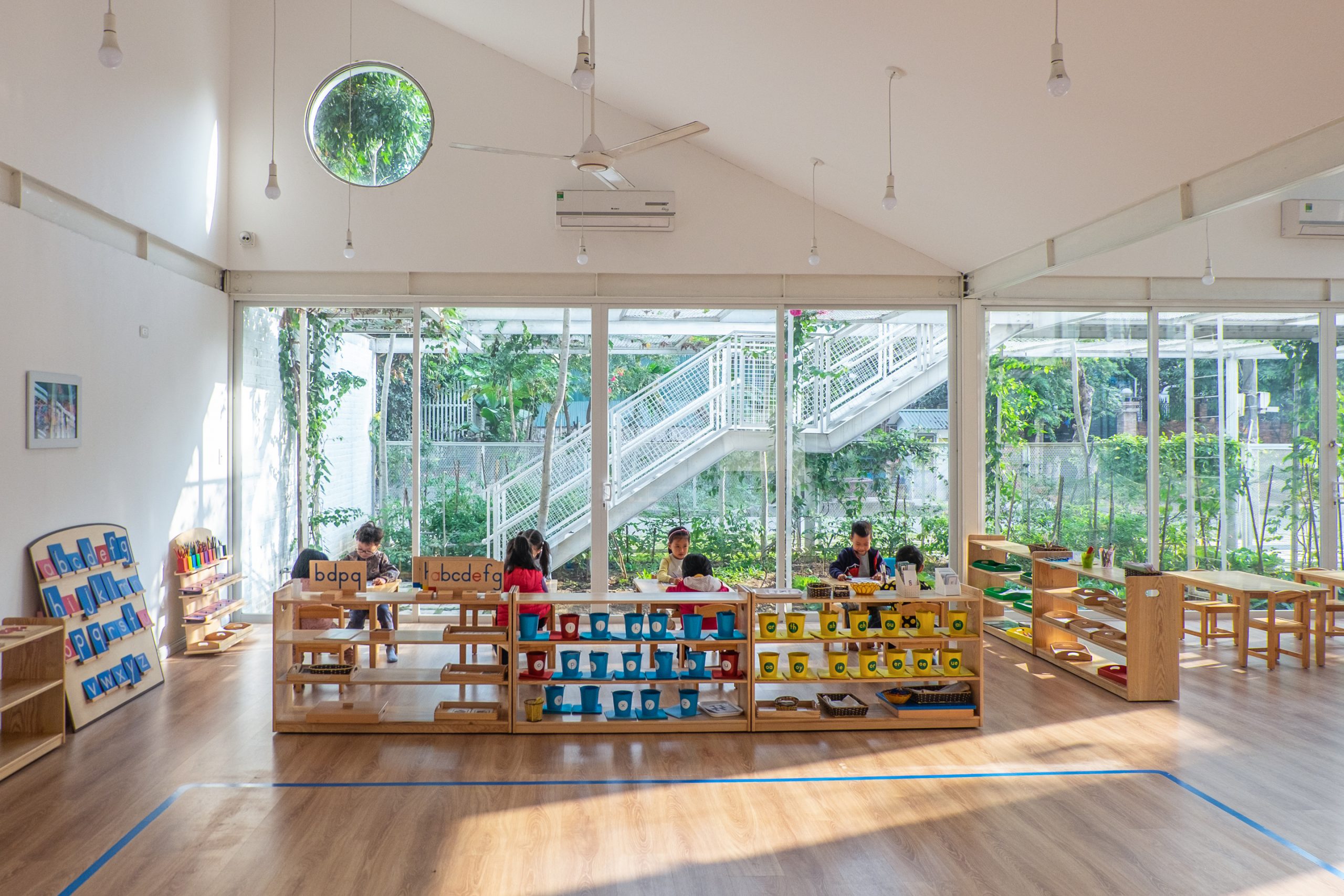
In a few words, well-thought-out design matters. For My Montessori Garden, it’s a design that fulfills the purpose for which it’s intended, one that’s easily to understand and presenting no difficulty. In the end, it boils down to one thing — nature is the best classroom.
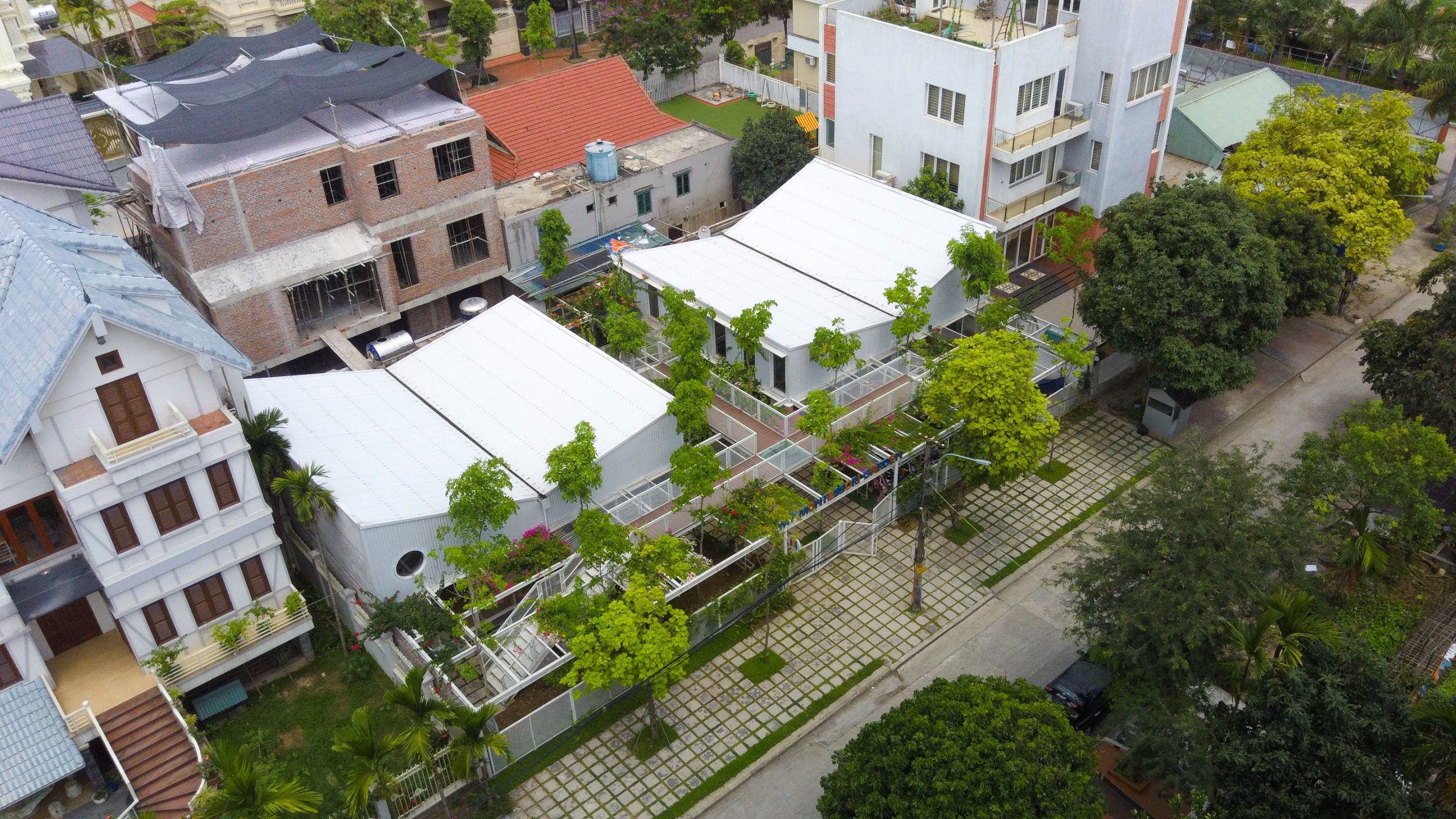
Architect: HGAA (https://hgaa.vn)
You may also like…
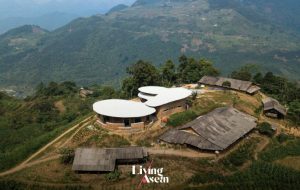 Lung Vai School: A Rammed Earth Schoolhouse Trio amid Mountains and Rice Terraces
Lung Vai School: A Rammed Earth Schoolhouse Trio amid Mountains and Rice Terraces
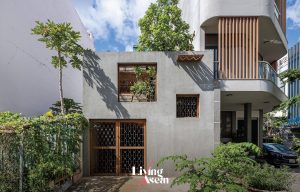 MA Architects Office: Integrating Natural Features in Workspace Design
MA Architects Office: Integrating Natural Features in Workspace Design

